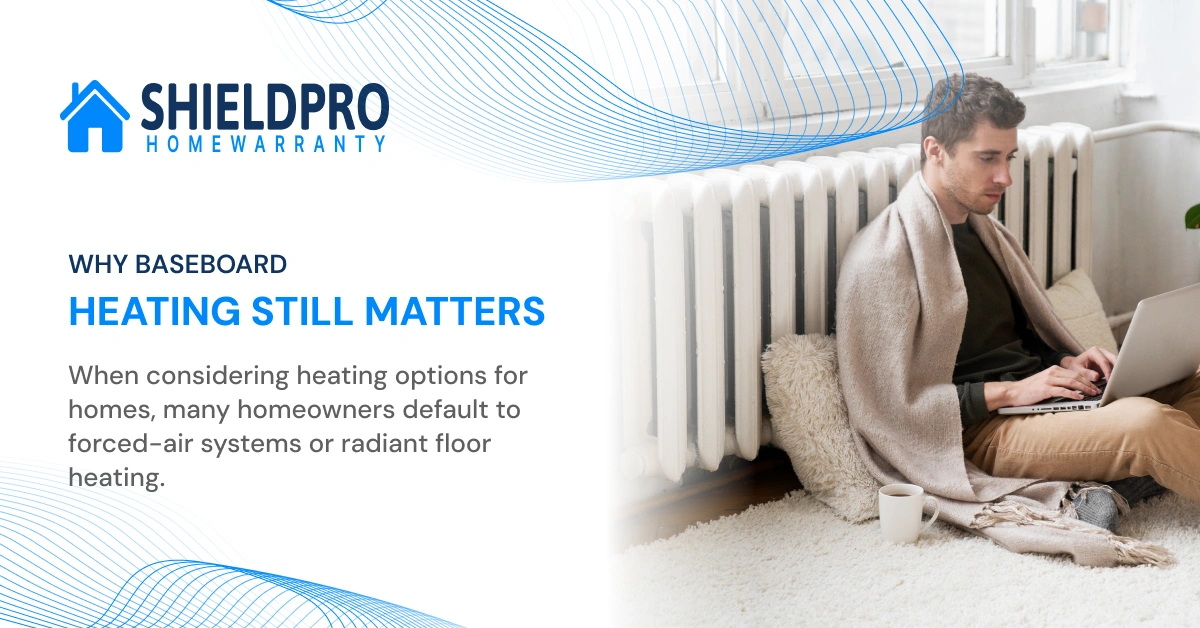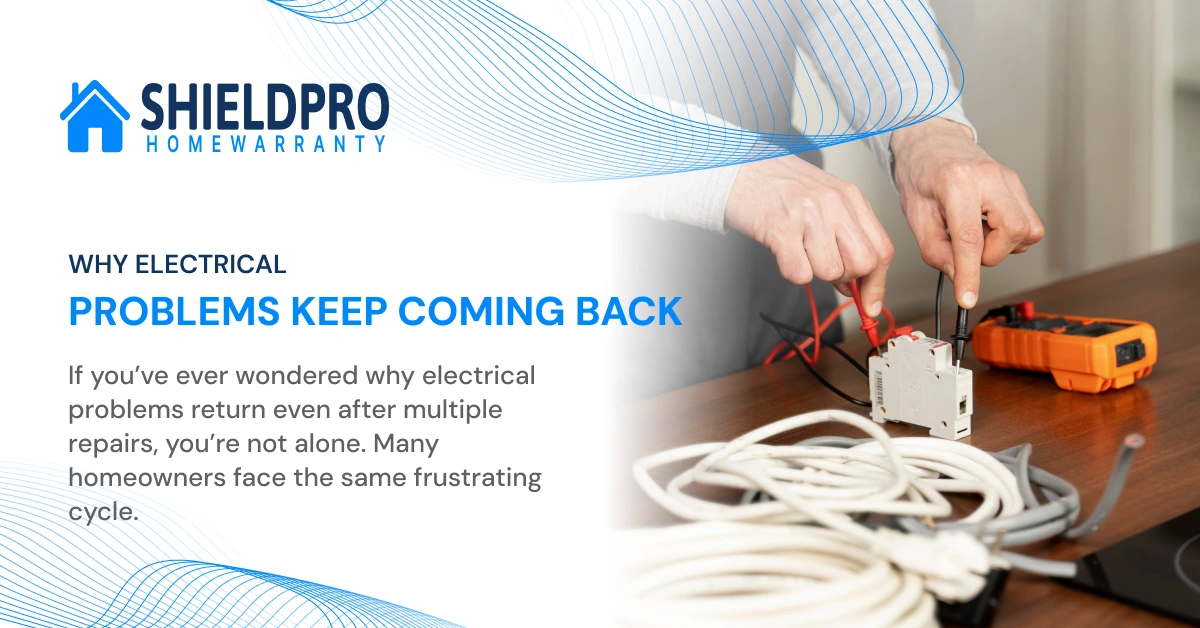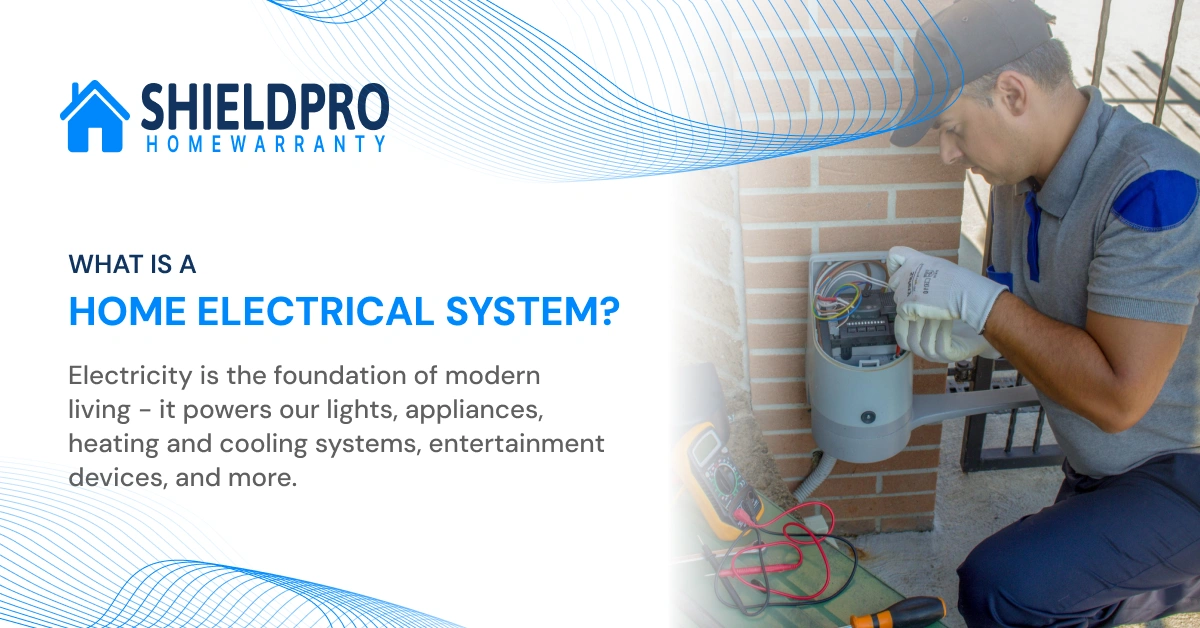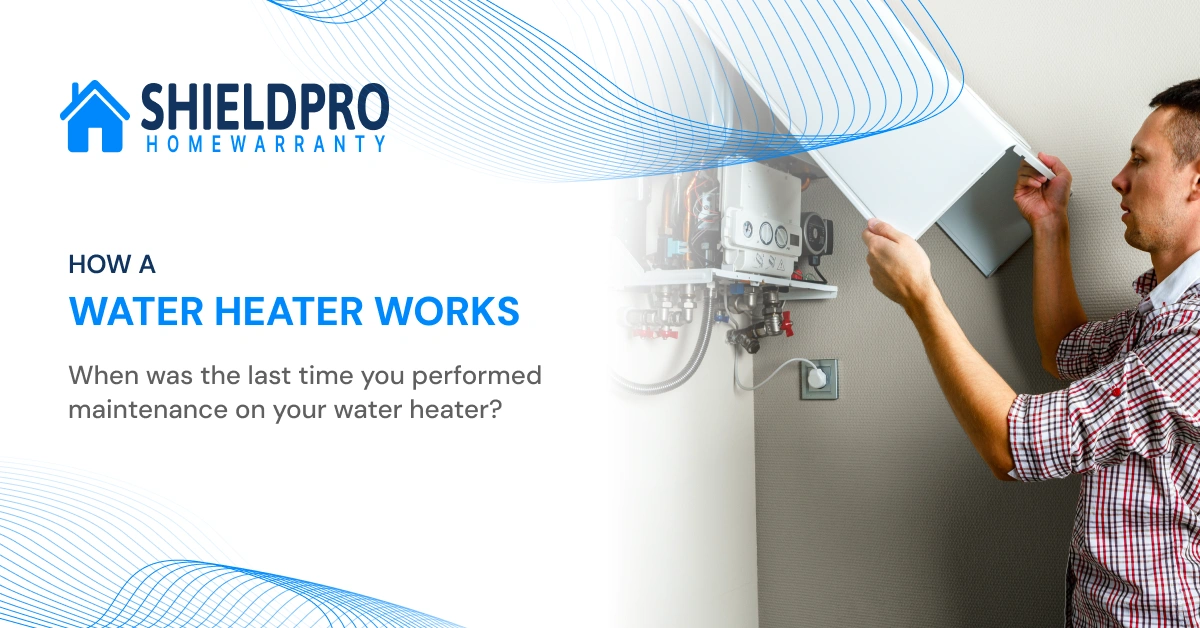
Introduction: Why Baseboard Heating Still Matters
When considering heating options for homes, many homeowners default to forced-air systems or radiant floor heating. But baseboard heating remains a compelling choice—especially in older homes, room additions, or zones where retrofitting ductwork is impractical.
Despite its long history, baseboard heating has evolved. Modern systems can be efficient, quiet, and relatively simple to maintain. But unlike ducted HVAC systems, they have unique advantages and pitfalls. In this article, we’ll dive into baseboard heating systems—how they work, how they compare to alternatives, how to choose, maintain, troubleshoot, and make them more reliable with a home warranty like ShieldPro Home Warranty.
By the end, you’ll understand:
- How baseboard heating works (electric, hydronic, gas)
- Pros and cons compared with forced-air
- Design, sizing, retrofit, and installation best practices
- Troubleshooting common failures and repair advice
- Cost analysis and lifecycle expectations
- How a home warranty fits in, reducing financial risk
- Why ShieldPro’s coverage is particularly helpful for heating systems
1. Fundamentals of Baseboard Heating
1.1 What Is Baseboard Heating?
A baseboard heater is a linear heating unit installed along the lower part of walls, usually near baseboards. It delivers heat by convection (warm air rising along the wall) and, to a lesser degree, radiation.
There are three main types:
- Electric baseboard heaters — resistive electric elements heat fins inside a metal housing.
- Hydronic (hot-water) baseboard heaters — hot water flows through tubes inside the unit, transferring heat to fins or panels.
- Gas (or dual-fuel) baseboard heaters — combustion or gas-fired units that may use gas to heat air or water circulated through baseboard units.
Most U.S. homes use either electric or hydronic baseboard systems. The choice depends on infrastructure, energy cost, reliability, and climate.
1.2 Electric Baseboard Heating: How It Works
- Each unit contains a resistor or coil.
- When the thermostat commands heat, electric current flows, heating the element.
- Attached metal fins increase surface area for heat transfer.
- Warm air rises in front of the unit; cooler air is drawn in below, creating a convection loop.
Electric baseboards are simple, quiet, and typically low maintenance, with no need for ductwork or a central boiler.
1.3 Hydronic Baseboard Heating: How It Works
- A central boiler or water heater circulates hot water through piping to baseboard fin-tube units.
- Inside each unit, water flows through copper or steel tubing surrounded by finned metal surfaces that transfer heat to air.
- Return water flows back to the boiler to be re-heated.
Hydronic systems have slower response but provide smoother, even heating and often greater efficiency depending on the boiler.
1.4 Gas Baseboard / Dual-Fuel Systems
- Less common; some systems use gas-fired convection units or gas-to-air heat exchangers.
- These operate similarly to hydronic systems but use gas combustion. They may need venting or exhaust flues.
- Hybrid systems (gas boiler with hydronic baseboards) are more typical than direct-gas baseboards.
2. Pros & Cons: Is Baseboard Heating Right for You?
2.1 Advantages of Baseboard Heating
Zoning and Individual Control – Each room can have its own thermostat or valve for flexible energy management.
No Duct Losses – Baseboard heating does not lose heat through duct leakage, unlike forced-air systems.
Quiet Operation – With no blower or moving parts, baseboard heating is silent.
Simpler Installation for Retrofits – Running small wires or piping is often cheaper than retrofitting ductwork.
Better Air Quality – With no forced air, dust and allergens are not circulated.
Reliability and Longevity – Electric units last 20+ years; hydronic units can last 30–50 years with proper maintenance.
2.2 Disadvantages and Challenges
Slower Response – Especially in hydronic systems, heat takes time to reach set temperature.
Wall Space & Aesthetics – Baseboards take up wall space, and many homeowners view them as visually clunky.
Floor Heat Distribution – Baseboards heat walls and ceilings more than floors.
Efficiency Loss (Electric Systems) – Electricity cost per BTU is often higher than gas or heat-pump alternatives.
Maintenance Complexity (Hydronic Systems) – Boilers, pipes, valves, and water quality require regular attention.
Electric Load Constraints – High-current draw may necessitate panel upgrades.
2.3 Baseboard Heating vs. Forced-Air: A Comparative View
| Factor | Baseboard (Electric / Hydronic) | Forced-Air (Central HVAC) |
|---|---|---|
| Air filtration & air quality | Minimal — no ducts moving dust | Has filters, but ducts can harbor dust |
| Speed of heat delivery | Slower, gradual warming | Faster (blown air) |
| Zoning & control | Granular, room-by-room | Possible with dampers but more complex |
| Retrofitting cost | Lower in many retrofit cases | Expensive if no ductwork |
| Duct losses / leakage | None | Can be 10–25% heat loss |
| Noise | Silent (electric); low hum (hydronic) | Blower noise, register turbulence |
| Cost-per-BTU | Electric higher; hydronic depends on boiler | Varies; heat pumps or high-efficiency furnaces often cheaper |
| Maintenance | Boiler, valves, flushing, occasional bleed | Filter replacement, duct cleaning, blower repair |
3. Technical & Design Considerations
3.1 Sizing & Heat Load
Baseboard heaters must match room heat loss (BTU/hr). Key factors:
- Square footage
- Insulation R-values
- Window area and glazing
- Outdoor temperature
- Desired indoor temperature
- Infiltration/ventilation rates
Electric systems: ~10–12 watts per square foot for a well-insulated home; 15 W/ft² in colder homes.
Hydronic systems: Also consider water temperature limits and piping pressure drops. Manual J heat load calculations are recommended.
3.2 Layout & Placement
- Install under exterior walls or below windows to counteract cold air.
- Avoid blocking airflow with furniture.
- Ensure 4–6 inches clearance above unit.
- Divide long walls into multiple runs for even heat distribution.
3.3 Electrical Considerations (Electric Units)
- Each heater may require its own 240 V circuit.
- Use properly sized wire and breakers.
- Use dedicated thermostats compatible with heater type.
- Include thermal cutoffs or limit switches for safety.
- Check main panel capacity if installing multiple units.
3.4 Hydronic Piping & Boiler Integration
- Fully-pumped systems are preferred.
- Install air separators and purge valves.
- Include zone valves and balancing valves.
- Insulate supply and return piping.
- Boiler should be high-efficiency with proper expansion tank and pressure relief.
3.5 Controls & Thermostats
- Room thermostats or TRVs for each zone.
- Consider outdoor reset controls to modulate water temperature.
- Programmable or smart thermostats improve energy efficiency.
4. Installation Best Practices & Retrofitting Tips
Electric Systems
- Pre-design circuits.
- Use proper conduit.
- Inspect wiring and junction boxes.
- Test current draw before full operation.
Hydronic Systems
- Use pre-insulated piping.
- Install air vents and automatic bleeders.
- Maintain proper piping slope.
- Flush loop before connecting to boiler.
- Treat water to prevent corrosion and sludge.
Retrofitting
- Electric baseboards are easiest to retrofit.
- Hydronic retrofits may involve under-floor or wall piping.
- Place boiler near utility wall to limit pipe runs.
Aesthetic Covers
- Decorative covers can hide heaters but must allow airflow.
- Perforated metal or vented designs maintain 85–95% heat transfer.
5. Performance, Efficiency & Cost Over Time
Efficiency Drivers
- Electric: ~100% efficient; cost depends on electricity rates.
- Hydronic: Depends on boiler efficiency, pipe insulation, and system balance.
- Air trapped in pipes or unbalanced loops reduces efficiency.
Cost Factors
- Energy cost
- Installation cost
- Maintenance and repair cost
- Lifecycle and longevity
Longevity
- Electric baseboards: 20–30 years
- Hydronic baseboards: 30–50 years
- Boilers: 15–25 years
Risk
- Even well-maintained systems may fail unexpectedly—zone valves, thermostats, or pipes. Home warranties reduce financial risk.
6. Troubleshooting & Common Problems
Electric
- Unit not heating: check breaker, thermostat, wiring, or element.
- Uneven heating: bent fins, dust blockage, partial element failure.
- Short-cycling thermostat: improper location, corrosion, loose wiring.
- Noise: expansion, dust, or loose mounting.
Hydronic
- Cold rooms: trapped air, stuck valves, unbalanced flow, boiler issues.
- Leaks: valve failure, joint leaks, corrosion.
- Knocking noises: air, water hammer, sludge.
- Slow response: thermostat or boiler control issues.
Replacement vs Repair
- Age over 20 years and multiple failures → consider replacement.
- Localized tubing leak → repair; extensive corrosion → replace run.
- Upgrade thermostats or control boards as needed.
7. User Feedback & Pitfalls
- Users on forums often debate whether to upgrade or replace old baseboards.
- Common complaints: high electric bills, cold/hot room imbalance, aesthetics, and contractor quality.
- Highlights the importance of maintenance and a reliable service plan.
8. Integrating a Home Warranty: Why It Matters
Home Warranty Basics
- Covers repairs/replacements of systems due to wear and tear.
- Differs from homeowners insurance.
- Service fee per claim is typically $75–$125.
- Coverage limits and exclusions vary by plan.
Value for Heating Systems
- Protects against expensive repairs (zone valves, thermostats, boilers).
- Encourages preventive maintenance.
- Smooths costs with predictable monthly fees.
ShieldPro Home Warranty Benefits
- Covers heating systems including baseboards.
- Uses licensed, insured contractors.
- Manageable service fees.
- Customizable plans and refund policies.
- Provides peace of mind against unexpected repairs.
A warranty reduces financial risk from failures in baseboard heating systems.
ShieldPro Home Warranty allows predictable costs and trusted contractor access.
9. Conclusion & Key Takeaways
Summary
- Baseboard heating remains relevant for zoning and ductless retrofit solutions.
- Electric units are simple and quiet; hydronic systems are smooth and efficient.
- Proper sizing, layout, and maintenance are critical.
- Unexpected failures can be costly; home warranties like ShieldPro reduce that risk.
Actionable Checklist
- Conduct heat-load calculation
- Install heaters under exterior walls
- Use appropriate wiring or piping
- Maintain hydronic system and boiler
- Consider decorative covers with proper airflow
- Track utility bills and system performance
- Compare costs of repairs vs home warranty
- Obtain a ShieldPro quote for heating system protection








